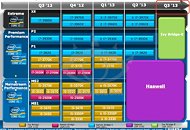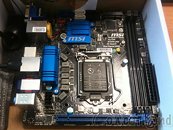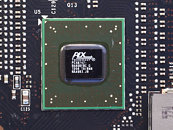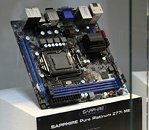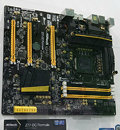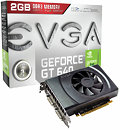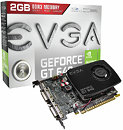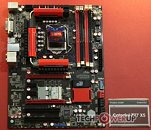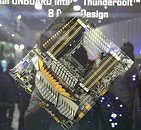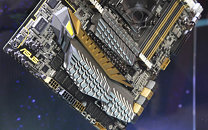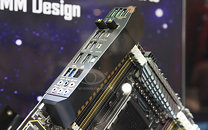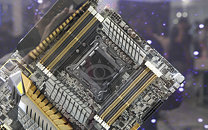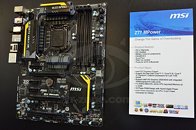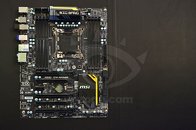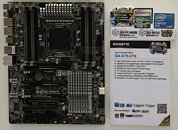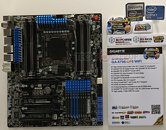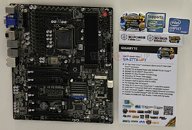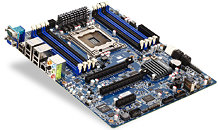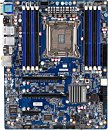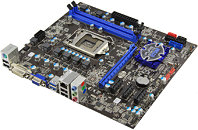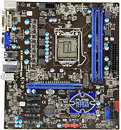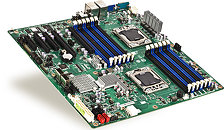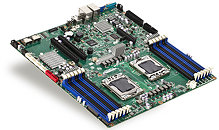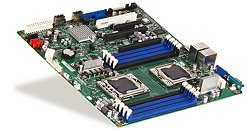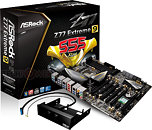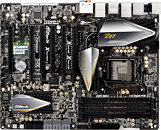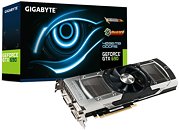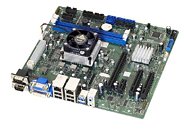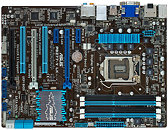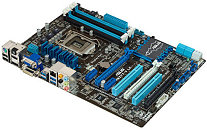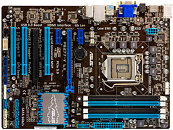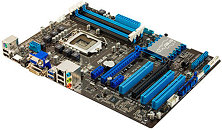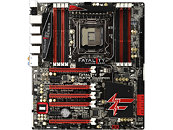
Intel Ivy Bridge-E Slated for Q3-2013
Intel's next high-end desktop (HEDT) platform, codenamed "Ivy Bridge-E," is slated for Q3-2013, according to the latest platform road-map slide sourced by VR-Zone. According to the leaked slide, launch of Ivy Bridge-E Core i7 processors follows that of Core "Haswell" socket LGA1150 processors (Q2-2013). What's more, the upcoming Ivy Bridge-E chips will be compatible with existing socket LGA2011 motherboards, based on Intel X79 Express chipset.
Intel's next-generation Ivy Bridge-E chips are up-scaled versions of today's Core "Ivy Bridge" chips, built on the same 22 nm process, with more processing cores, memory channels, cache, and PCI-Express 3.0 certified system interfaces. It remains to be seen if Intel launches a new chipset to go with the new processor, or retains the X79 chipset with a few minor updates in the form of steppings. The company retained its X58 Express chipset over the first two HEDT processor generations (45 nm Core i7 "Bloomfield" and 32 nm Core i7 "Westmere").
Intel's next-generation Ivy Bridge-E chips are up-scaled versions of today's Core "Ivy Bridge" chips, built on the same 22 nm process, with more processing cores, memory channels, cache, and PCI-Express 3.0 certified system interfaces. It remains to be seen if Intel launches a new chipset to go with the new processor, or retains the X79 chipset with a few minor updates in the form of steppings. The company retained its X58 Express chipset over the first two HEDT processor generations (45 nm Core i7 "Bloomfield" and 32 nm Core i7 "Westmere").
